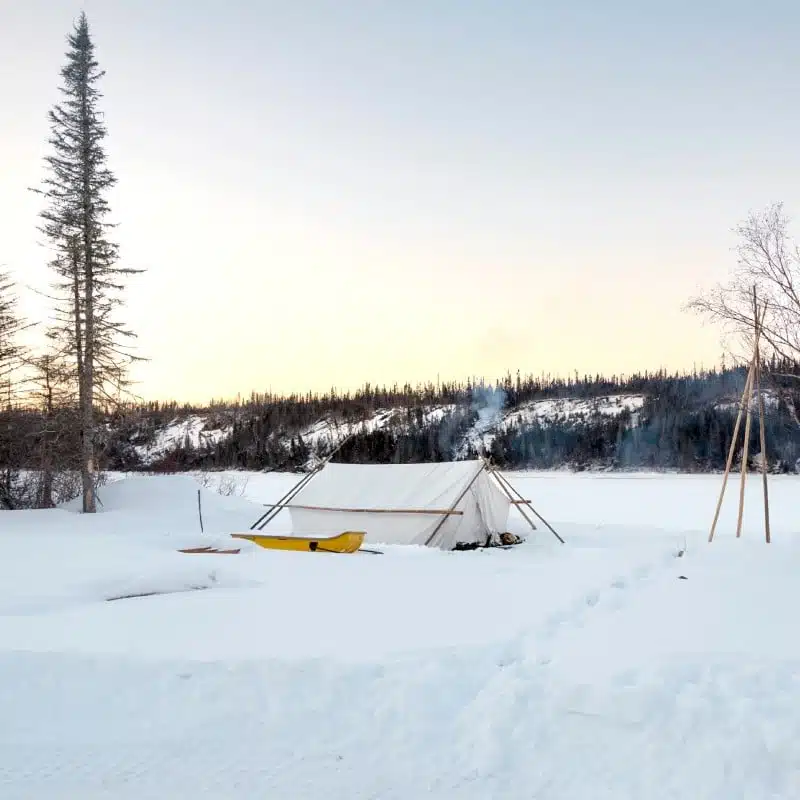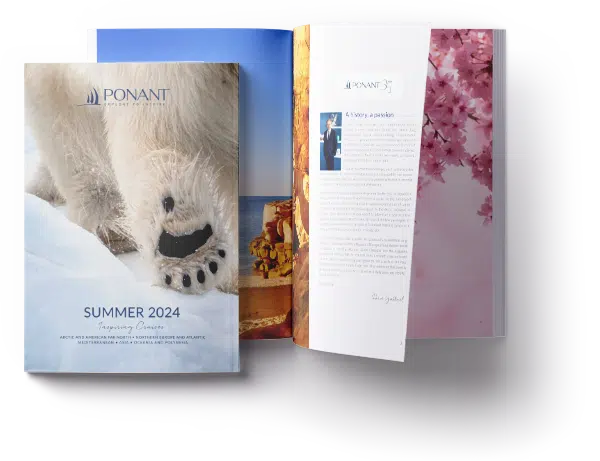Meet the Innu
Little-known amongst the indigenous peoples of Quebec, a group which includes the Inuit, the Cree, the Mi’kmaq and the Mohawk, the Innu community is today made up of over 16,000 people found mainly in the eastern part of the Quebec-Labrador peninsula. Residing on land they refer to as Nitassinan – literally “our land” – they continue to keep their traditional way of life alive today and love to share it with visitors, making for a wonderful encounter on the St. Lawrence River exploration programme on board Le Commandant Charcot.
Innus or Inuits?
Despite these words sounding similar, it’s important not to confuse Innus with Inuits. Though the two peoples are both found in Canada, the Innu live in the boreal forest, in a subarctic region of the eastern part of the Quebec-Labrador Peninsula, while the Inuit live in the Arctic regions of Greenland, North America and Northern Canada, primarily in Nunavik. Unlike the Innu, who are part of the Algonquin group, the Inuit are not a Native American people. For several hundred years, however, Inuits and Innus traded with each other whenever the Inuit hunters followed the migrating whales to the south.
From nomads to a settled people
A traditionally nomadic people, moving from place to place following the wild game and in response to changes in the climate, the Innu used to live mainly by hunting, fishing and gathering. The assimilation policies pursued by the first colonists in the 18th century and the establishment of trading posts, followed by the expansion of the forestry, mining and hydroelectric industries in the 20th century, profoundly altered their way of life however, leading them to gradually become settled. They subsequently made significant changes to the kinds of work and activities they did and to the way their society was organised by developing their arts and crafts, agriculture, horticulture and trade. These developments did not, however, bring about the end of the culture and traditions that the Innu still proudly continue to keep alive today.
Harmony and sharing with nature
Nature occupies a central place in the traditional way of life and know-how of the Innu. It provides food, of course, but it also provides habitat, clothing, medicine, art, beliefs… everything comes from nature! A people once entirely dependent on their immediate environment for their survival, the Innu have always considered that humans must share the earth in perfect harmony with other forms of life: a respect for the environment that survives from one generation to the next thanks not only to transmission – primarily oral – and a language imbued with images, but also to tales and legends inspired by nature and its links with man.
Caribou hunting, an ancient unifying activity
The caribou is a sacred animal for the Innu, providing essential provisions for their life in the forest, such as food, clothing and tools. They attribute the very survival of their culture and way of life to it. The hunting of caribou still remains a strongly unifying and symbolic activity for Innu communities today, one which they are equally committed to both preserving and sharing. Traditionally, several families would come together over winter to form hunting camps made up of wigwams and shaputuans, which is the name given to the large traditional tents that play an essential role as places in which to talk, discuss and trade, often around a fire.
Sharing Innu culture to preserve it
All this traditional know-how is still taught today by the elders: veritable conduits of cultural knowledge and guardians of Innu cultural identity. Through faithfulness to the same value of sharing that was so important to their ancestors, and in order to protect an identity threatened many times through history, the Innu people today generously share the habits and customs of their culture with people outside their communities, a culture made up not only of traditions and unique skills and know-how, but also of values such as cooperation, sharing and respect for nature, which can only serve to inspire the visiting traveller.
The teueikan, a sacred drum that increases the chances of a good hunt
A drum made of a piece of caribou hide stretched over a larch frame, the teueikan is used, in particular, when hunting caribou and for communicating with the spirits. Bustard feathers and small bones are sometimes attached to it to enable it to produce a sound resembling that of rumbling thunder. Both a traditional and a spiritual object, not everyone is allowed to play it. To have the right to use it, a person – exclusively a man – has to have dreamed about it three times. It is handed down to the oldest member of the family, who must obey the same rules. The animals hunted are honoured at ceremonies accompanied by the drum.
Photos credits : ©iStock / © Studio PONANT – J. Fabro

PONANT takes you there
Learn about age-old traditions



